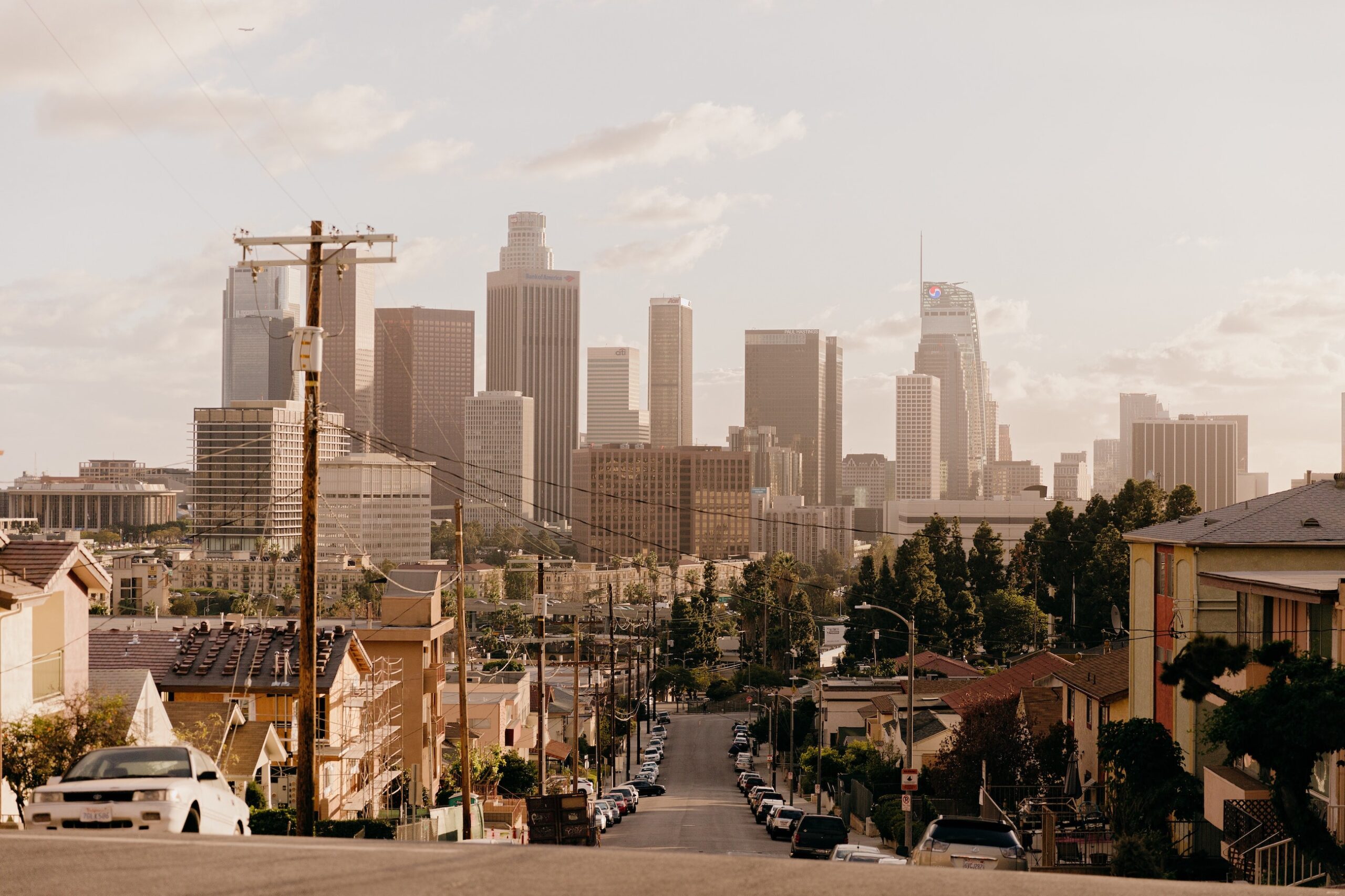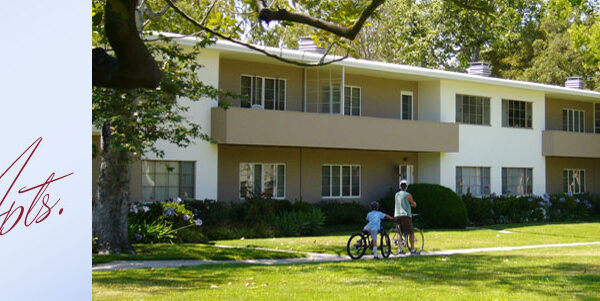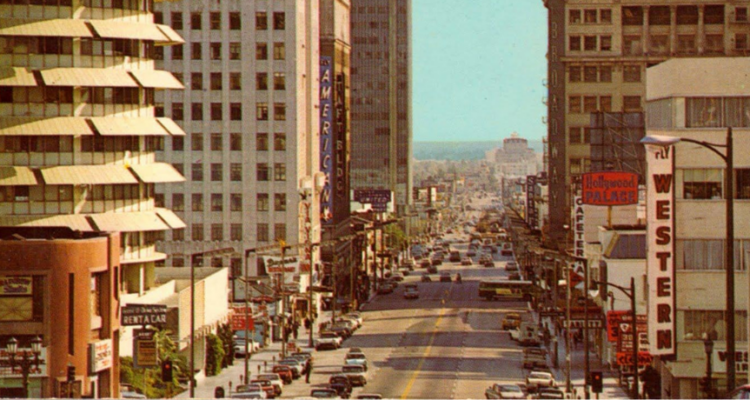
Resolved
Hollywood Community Plan
Resolved
On January 7, City Council adopted the final ordinances for the Hollywood Community Plan Update.
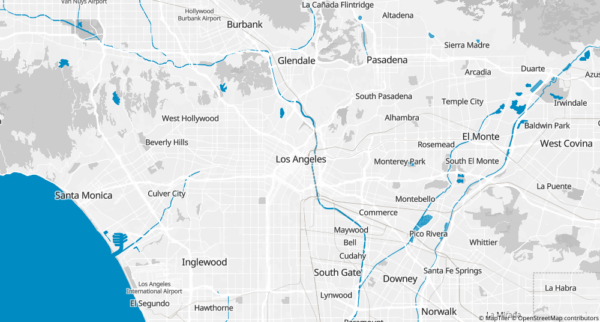
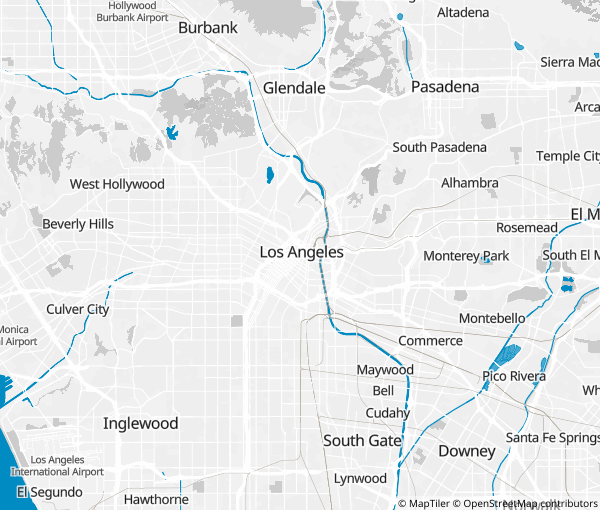
Overview
On January 7, 2025 City Council adopted the final ordinances for the Hollywood Community Plan Update and the Plan went into effect on February 11.
The Hollywood Community Plan Update replaced the 1988 plan and sets a direction for future development in Hollywood and East Hollywood, directing new development and density and creating new tools to protect aspects of the area’s historic character.
Since 2011, the Conservancy has advocated for strong protections for the plan area’s historic buildings and neighborhoods. The area contains one of the highest concentrations of designated historic resources in the city, including more than 150 Los Angeles Historic-Cultural Monuments (HCMs) and several historic districts at the national, state, and local levels, including the nationally recognized Hollywood Boulevard Commercial and Entertainment District. Our efforts helped extend existing preservation protections to better ensure preservation and equity within Los Angeles’ historic and cultural resources, including important RSO housing stock.
About this Issue
At this critical time in its growth, City of Los Angeles intends to update each of its thirty-five Community Plans.
With most of the Community Plans woefully out of date, Mayor Eric Garcetti and City Council pledged in the spring of 2016 to amend each of the plans within a decade. Several are currently underway, and more than twenty remain in the queue for future revision.
According to the City, the updated Community Plans will reflect the following objectives:
- Integrate land use, infrastructure, and transportation improvement;
- Direct growth to centers while preserving established residential neighborhoods;
- Create healthier, more livable neighborhoods and economically vital business districts that can provide more job and housing opportunities for city residents; and
- Facilitate improved design of new and renovated structures and public spaces.
Our Position
The Conservancy’s advocated to approve the Hollywood Community Plan with the following amendments:
- Expand the definition of eligible historic resources to include and protect properties significant at the local level (those classified as 5S3).
- Apply the full range of Historic Preservation Overlay Zone (HPOZ) preservation protections, procedures and existing tools to the Hollywood National Register Historic District.
- Commit to expanding the Community Plan Implementation Overlay (CPIO) boundaries and tools to East Hollywood as part of the Vermont – Western Transit Oriented Development (TOD) Station Neighborhood Area Plan (SNAP) Specific Plan update within one year.
Thank you all who supported our position at City Council hearings!

